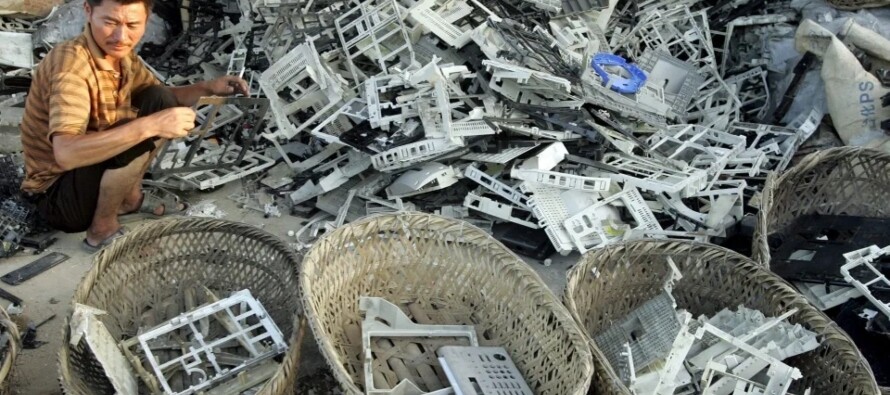
A recent study estimates that if no measures are taken, artificial intelligence will generate between 1.2 and 5 million metric tons of waste just in the current decade. Most of this waste will come from hardware components such as processing units, storage, and power systems.
The research, led by scientists from China and Israel and published in the journal Nature Computational Science, focuses on generative AI, which, while useful for numerous applications, relies on rapid improvements in hardware infrastructure and chip technology. The recent increase in the implementation of generative AI has led to a rise in electronic waste by replacing outdated electronic equipment.
The study calculated the potential amounts of electronic waste produced by generative AI between 2020 and 2030, focusing on large linguistic models. Considering various scenarios of generative AI production and application, it is projected that electronic waste could reach 2.5 million tons per year by 2030 if waste reduction methods are not implemented.
Moreover, in the scenario of the highest growth of AI, electronic waste is estimated to potentially reach five million tons, including printed circuit boards and batteries that contain hazardous materials such as lead and chromium. The authors propose the implementation of a circular economy strategy to reduce electronic waste generation by up to 86%.
Experts emphasize the importance of responsible use of generative AI and proactive strategies for managing electronic waste to minimize negative impacts on the environment. The study highlights the future social impact of electronic waste generation by generative AI, which could spur a deeper debate on the issue.














